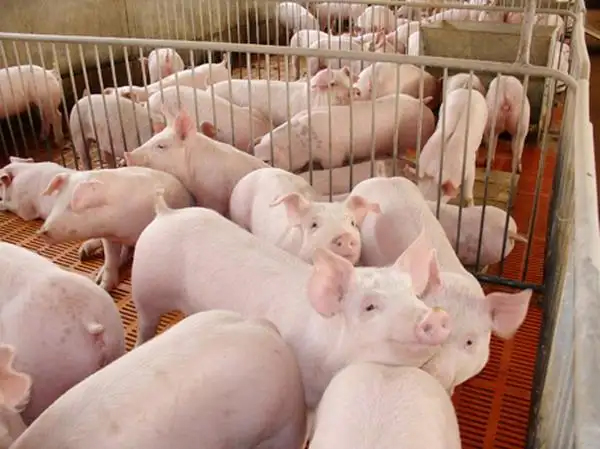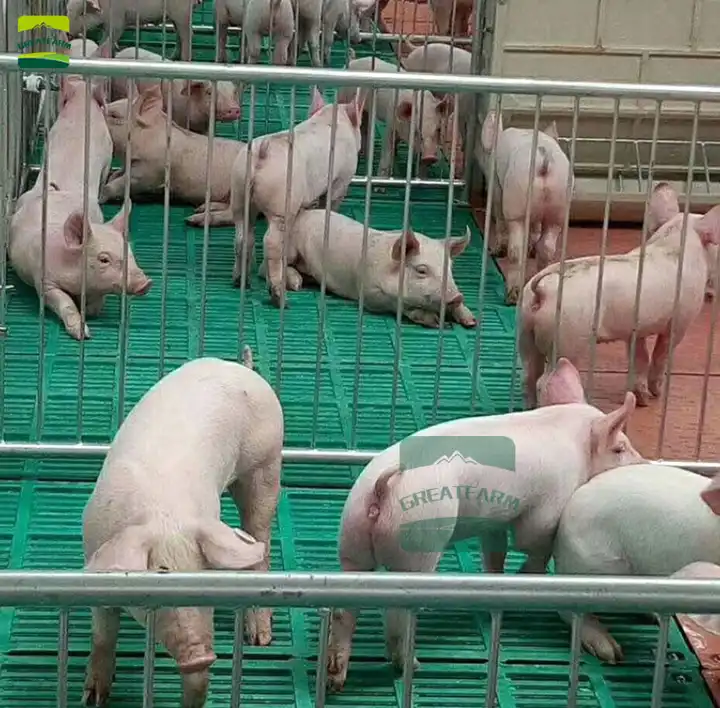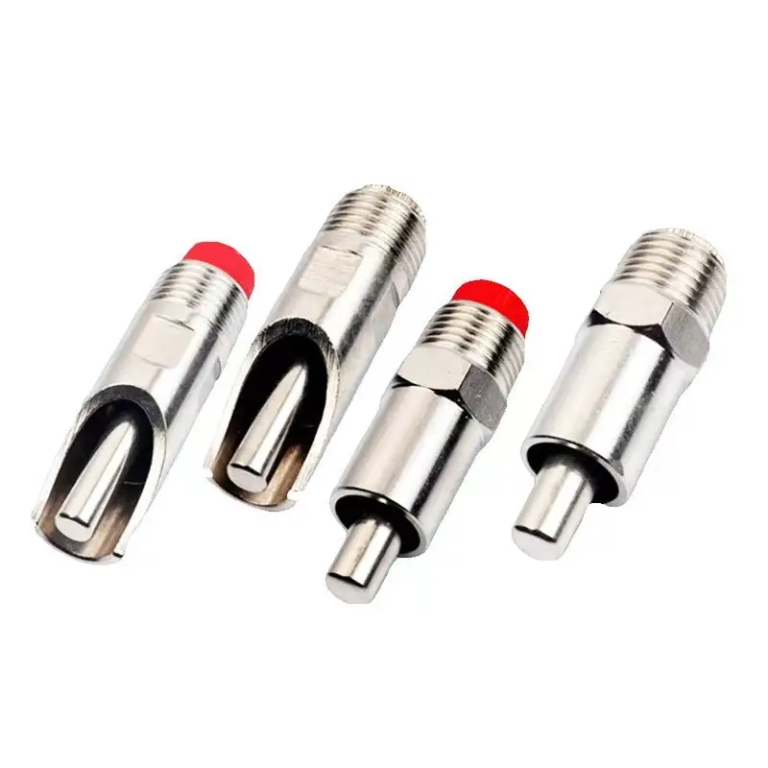Veterinary ultrasound is the use of transducer head (probe) by the piezoelectric effect emits high-frequency ultrasound waves into the muscle tissue to produce echoes, the echoes are received by the transducer into a high-frequency electrical signals are transmitted to the host computer, amplified and processed in the monitor to show the probe part of the section of the acoustic image of a high-tech diagnostic imaging technology. Ultrasound is often used in modern pig farms to detect the pregnancy of sows.
Correct and skillful use of ultrasound can accurately determine the pregnancy status of sows, reduce the number of non-pregnant sows, make reasonable suggestions for the next production of pig farms, and reduce the losses of farmers.
inspection
Before using, you need to check whether the equipment is complete, the check includes whether the main unit, probe, battery (if removable) and charger are complete, after that, install the battery to turn on the machine and check whether the power indicator of the instrument is on. For some batteries that can be removed, we should also check the spare battery and keep the spare battery fully charged for backup.
determine
Determine where the last sow (pen) was located at the last inspection and make sure that the sows to be inspected are in a standing position and settled.
Turn on
Secure the instrument with your left hand and hold the ultrasound probe in your right hand, with the ultrasound wire going around the operator’s neck. Turn on the instrument and press the power-on freeze button to put the instrument into working condition.
apply
Apply coupling agent on the probe of the meter. Do not apply too little or too much couplant, just enough to cover the head of the probe. The purpose of using the coupling agent is firstly to fill the tiny gaps between the contact surfaces, so as not to let the trace air between these gaps to affect the penetration of ultrasound; secondly, through the coupling agent “transition” effect, so that the probe and the skin between the acoustic impedance difference is reduced, thereby reducing the ultrasound energy in this interface reflection loss. In addition, it also plays the role of “lubrication” to reduce the friction between the probe surface and the skin, so that the probe can be flexible sliding probe.
Release
After applying the coupling agent, open the door of the pen behind the sow, squat down and put the probe of the tester on the side of the abdomen of the sow, 50mm in front of the hind legs, 25mm upward of the nipple line, point the tester to the center of the abdomen, i.e., 45o forward, 45o sideways (in the pre-pregnancy period), and make sure that the tester’s probe maintains good contact with the skin, the pig’s hair is sparse, and the tester does not need to be trimmed when probing, but it is necessary to keep the probing site clean. With the increase of pregnancy, the probing site can be gradually moved forward, and finally up to the posterior end of the rib cage.
Adjustment
If the image is not clear, you can change the angle of the meter probe forward, backward or to the side until you see the scanning image. The probe can be used flexibly according to the actual situation, and the situation inside the uterus can be detected. When the pig’s bladder is full of urine and distended, blocking the uterus (when the image is a black ball), resulting in the inability to scan the uterus or only part of the uterus can be detected, you should wait until the pig has finished urinating before probing.
Lock
Lock until a clear image appears on the display before pressing the Freeze button to freeze the image, and then analyze the image to check whether the embryo is developing normally or not.


